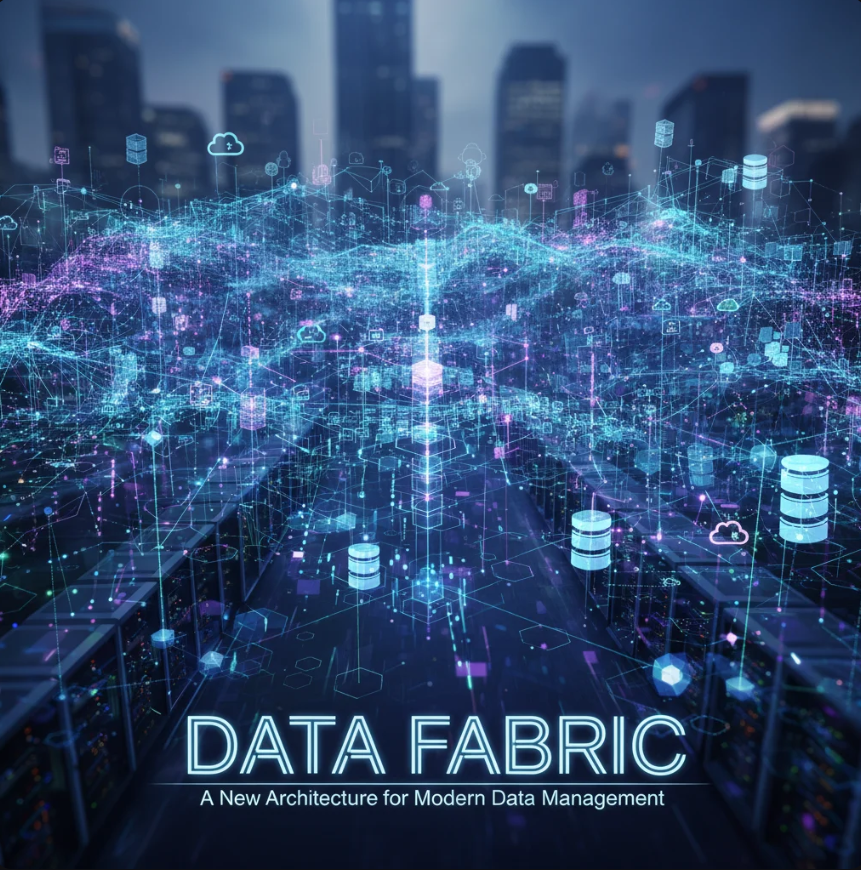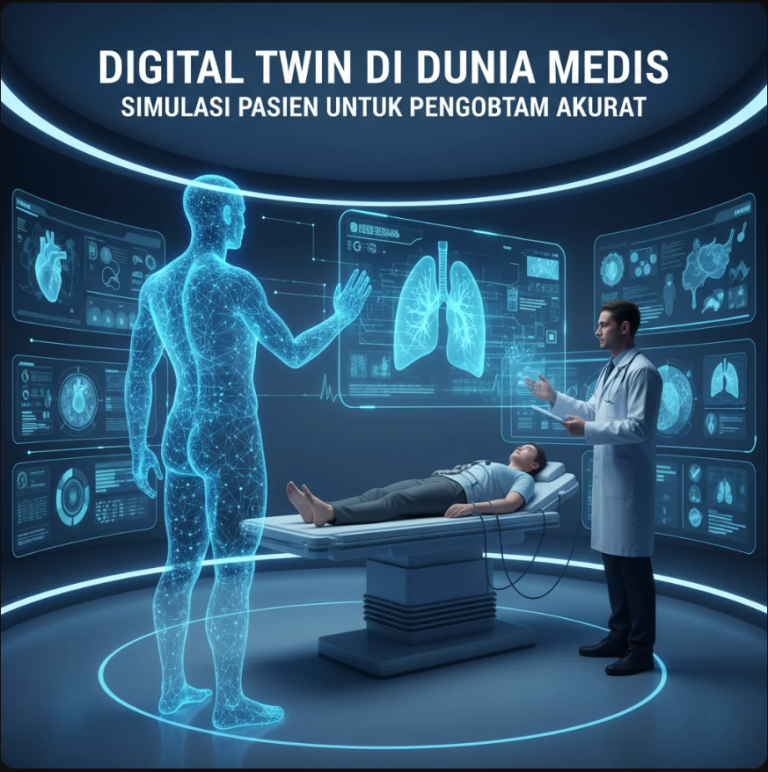
Data Fabric is a modern architecture for data management that connects cloud, edge, and on-premium systems
In today’s digital age, data is the primary fuel for business innovation and decision-making.
However, with the increasing number of data sources from the cloud, IoT, enterprise applications, and edge computing , the biggest challenge arises: how to manage data in an integrated, secure, and efficient manner.
To address this challenge, the concept of Data Fabric emerged — an intelligent data management architecture capable of connecting, integrating, and managing data across systems and locations in real-time.
Data Fabric is not just a technical solution, but a new paradigm in building a modern, adaptive and future-oriented data ecosystem .
1. What is Data Fabric?
Data Fabric is a unified architecture that enables organizations to access and manage data from multiple sources — whether in the cloud, on-premise, or hybrid — through a single, integrated framework.
By leveraging AI, active metadata, and automation , Data Fabric provides the ability to understand data context, map relationships between systems, and facilitate cross-platform analytics without the need for data duplication.
Key characteristics of Data Fabric:
- Cross-system integration without location boundaries.
- Automate data management using AI.
- Real-time data access with centralized security and governance.
- High scalability to support exponential data growth.
Data Fabric delivers a comprehensive solution to unify fragmented data into an intelligent and adaptive network.
2. Why Data Fabric is Necessary in the Modern World
Before the advent of the Data Fabric, many organizations faced the problem of “data silos” — data scattered across multiple systems, formats, and departments.
As a result, analytical efficiency declined and business decisions slowed.
Common challenges in traditional data management:
- Integration between systems takes a long time and is expensive.
- Data is not synchronized between business units.
- Lack of comprehensive visibility into data assets.
- Manual processes lead to data duplication and errors.
With Data Fabric, all systems can speak the same language , creating a consistent data experience across lines of business.
3. How Data Fabric Works
Simply put, a Data Fabric works by creating an intelligent semantic layer on top of all data sources.
This layer acts as a hub that manages data flow, security, and analytics without the need to physically move the data.
Main components:
- Data Integration Layer: brings together data from various sources.
- Metadata Active Layer: recognizes the structure, context, and relationships between data.
- AI Automation Layer: optimize data flow and detect
- Governance & Security Layer: ensures compliance with regulations such as GDPR and the PDP Act.
- Self-Service Analytics: allows business users to access insights without excessive technical involvement.
The result is a data system that is efficient, secure, and easily accessible to all parts of the organization.
4. Key Benefits of Implementing Data Fabric
Implementing Data Fabric has a strategic impact on an organization’s digital transformation.
a. Efficiency and Scalability
With automated orchestration, data integration between systems becomes faster without manual pipeline rewriting.
b. Security and Data Governance
Every data access is recorded through metadata, ensuring transparent compliance and control.
c. Real-Time Analytics
Data Fabric supports cross-departmental analysis in seconds, not hours.
d. Cloud and Hybrid Flexibility
Suitable for organizations that run operations across multiple environments — public cloud, private cloud, and on-premise.
e. Smarter Decision Making
With integrated data and timely insights, businesses can respond to the market more quickly and accurately.
5. Real Implementation in the Business World
Various global companies have leveraged Data Fabric as part of their digital strategy:
- IBM Cloud Pak for Data uses a Data Fabric approach to enterprise data integration automation and analytics.
- SAP Datasphere helps global companies connect ERP systems with cloud analytics through Data Fabric.
- Google BigLake combines data lake and data warehouse capabilities with Data Fabric principles for cross-environment data management.
In Indonesia, the banking, telecommunications, and government sectors are beginning to adopt a similar approach to support a more integrated national data system.
6. Implementation Challenges and Solutions
Data Fabric implementation requires a phased approach due to its high complexity.
Main challenges:
- Initial infrastructure and migration costs.
- Need for an experienced data architecture team.
- Organizational culture change towards a data-driven model.
The solution:
- Using a hybrid adoption strategy , starting from the most critical systems.
- Collaborate with technology vendors that have ready-to-use Data Fabric platforms.
- Train employees to understand integrated data governance and utilization.
This approach ensures that data transformation is smooth and sustainable.
7. The Future of Data Fabric and Data Management
Entering 2025 and beyond, Data Fabric will play a critical role in supporting generative AI, predictive analytics, and business automation.
Predictions show:
- 80% of large companies will use Data Fabric or Data Mesh as the basis of their data management.
- Integration with edge computing and blockchain will expand the reach of this architecture.
- The role of AI Ops (Artificial Intelligence for IT Operations) will strengthen the
Data Fabric is not just infrastructure, but the foundation of a data-driven digital economy.
Conclusion
Data Fabric is a revolution in how organizations manage data—from siloed systems to a connected, intelligent ecosystem.
Leveraging AI, automation, and metadata-based governance, this architecture helps businesses achieve flexibility, efficiency, and data security in the digital age.
In the future, an organization’s ability to survive and thrive will be largely determined by how it manages and connects its data — and the Data Fabric is the key to that future.
Baca juga :



